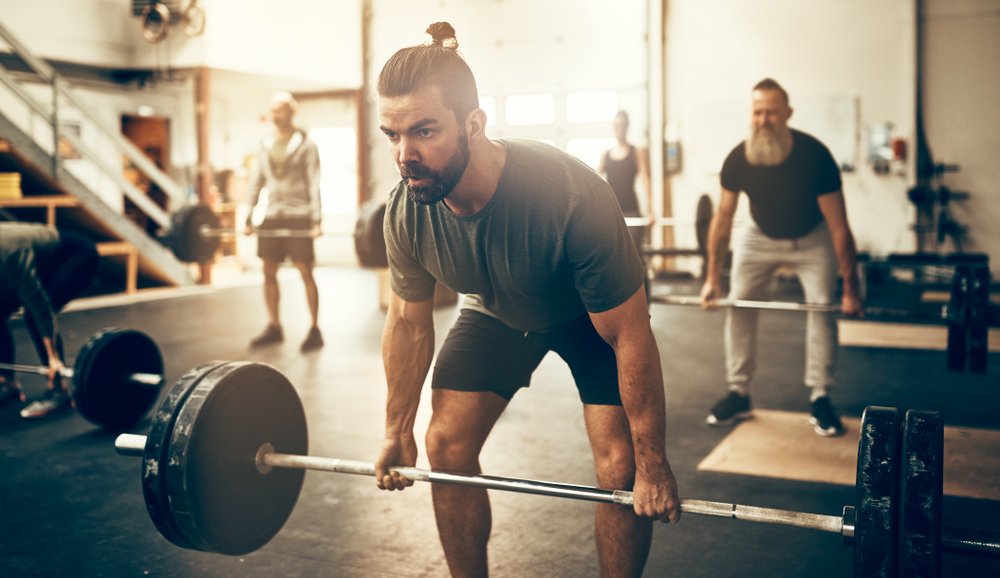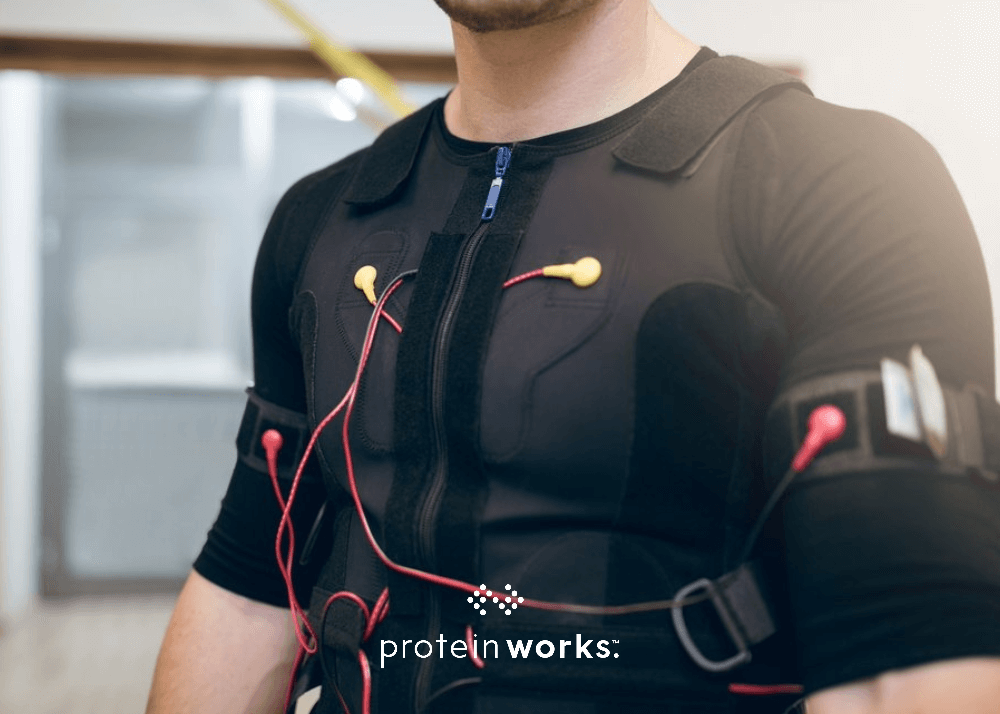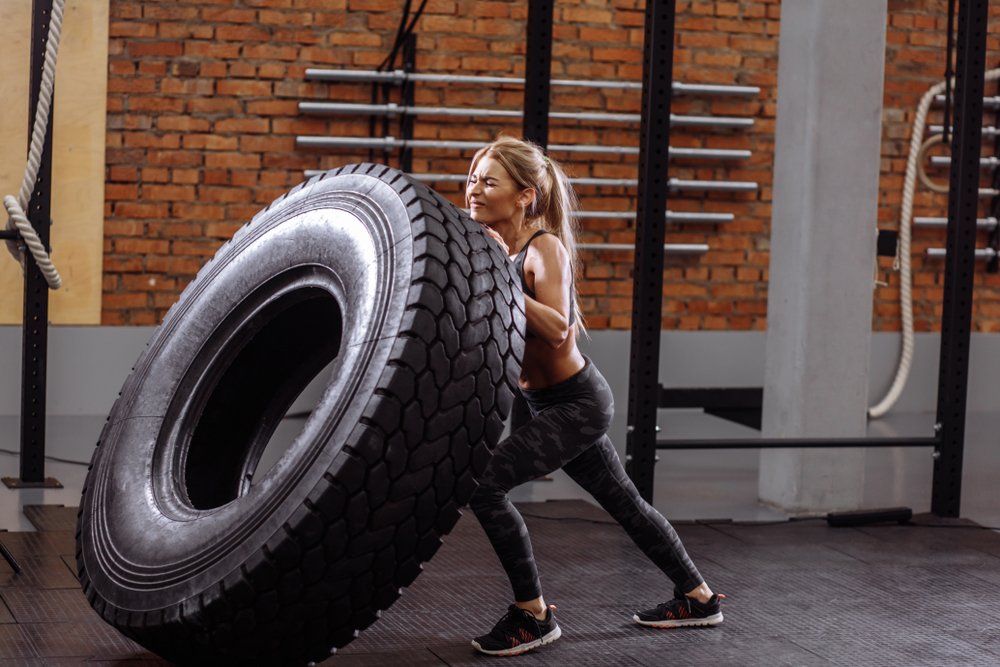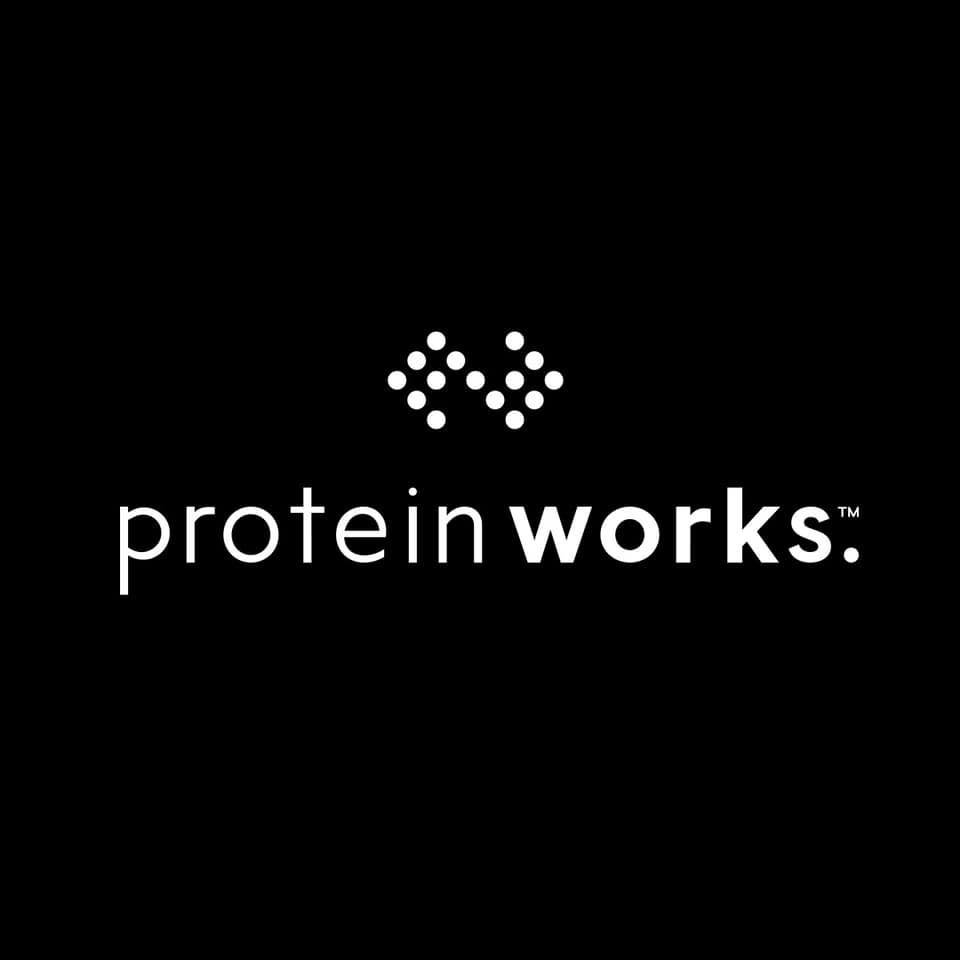
Crossfit: The Good, The Bad & The Science
Crossfit has divided the strength and conditioning community. On the one hand many argue it’s the ultimate hybrid of Olympic Lifting, cardio and gymnastics that’s designed to create this super human. On the other people argue with no specificity you don’t significantly improve in any area. Many quoting the old adage, “A jack of all trades is a master of none.” But who’s right and on what side of the gym should you stand? Here we explore the objective and unbiased science so you can decide.
Firstly it’s just Strength & Conditioning 101 that to get faster, stronger or bigger you need to load your body above its habitual level (the level it’s accustomed to doing). It’s not rocket science, it just means every time you go to the gym try and do more than you did the session before. So whether that’s putting those tiny 2.5kg, ‘biscuit-like’ discs on either end of your squat or maybe increasing the height of those box jumps, it’s important to make these small incremental gains. Now of course the goal of any training routine should be to do this. The main difference though is CrossFit proudly combines big, heavy Olympic lifts reminiscent of an Iranian Champion weightlifter’s training program with the sort of cardio based circuit that would test even a Kenyan marathon runner.
Whereas conventional training traditionally has a greater emphasis on ‘periodisation’ and recovery. Often separating cardio and strength training whilst at the same time cycling heavy, compound lifts once a week (or month) and recommending a ‘de-load’ lighter week to prevent over training. A concept slightly alien to some (some argue most) CrossFitters. Now I’m not pointing the finger and saying one is better than the other, instead I’d prefer to explain the science of what happens in the body during both forms of training as impartially as possible.
So as explained above the main mantra of Crossfit is to deplete, endure and repeat. The only problem is this type of balls-out, constant high intensity, heavy load training puts a lot of stress on the body and can lead to overtraining. This is where your immune system is suppressed, your central nervous system is fried and your neurotransmitters are exhausted. Whereas conventional, ‘old school’ training emphasises ‘periodisation’ and the systematic planning of your training with set cycles. So 1 week hard, 1 week easy, 1 week medium (a very basic cycle). But what exactly happens inside th
e body during a savage CrossFit session that makes it so bad for the immune system?
There’s a well quoted study that was done at the Department of Human Movement Studies at the University of Queensland (Australia) where researchers decided to determine the exact effects training intensity had on the immune system. What they did was measure certain key ‘immune system parameters’ in athletes and then subjected them to a pretty brutal training regime (reminiscent of Crossfit). What they found was that really high, heavy training drastically altered certain immune factors within the body which in turn influenced an athlete’s resistance to infection, disease and what they experienced was an exercise induced ‘immune crash’ (L.T. Mackinnon, 1997). The main immune system parameter that was affected was circulating leukocytes (these are perhaps better known as ‘white blood’ cells) which have the primary job of protecting the body against foreign invaders such as microorganisms causing infection. To use a sports metaphor, this is like trying to defend with 4 less players on the field (white blood cells/ leukocytes) compared to your opposition (the infection/ bacteria). Granted you could put up a decent fight, but chances are you’d lose and the opposition (bacteria) would win (you become ill and miss leg day).
Therefore it seems scientifically it’s the ‘old-school’ method of periodisation that would be best to prevent this ‘immune crash’. Particularly important for those who are prone to overtraining and who need to take better care of their immune system. But (and just to throw a counter argument out there) some people can undergo a far greater volume of training and not get ill and in some cases actually require this huge volume of training to progress. To quote the legend that is C.T. Fletcher ‘Overtraining is a mother f@#king good thing’. Although not a CrossFitter himself, he clearly has no regard for this ‘old-school’ method of periodisation and he’s also a very, very strong man.
Another thing to consider is the hormonal response to each form of training. Firstly it’s common knowledge that heavy compound movements increase testosterone levels. So much so at the Human Performance Laboratory at Ball State University, Muncie, it was found that ‘strength training can induce testosterone release, regardless of age.’ Going into a little more detail typically experts recommend including heavy compound movements like squat, bench and dead lift in your workouts, with 90 seconds or more rest between sets, lifting at 85% of your maximum weight and for a gym session lasting no more than 60 minutes to induce the biggest release of testosterone.
CrossFit is obviously very different and in fact walks the line between endurance and strength. This has been shown to increase cortisol levels, reduce testosterone and possibly lead to muscle breakdown. In study conducted in Spain at the Athletic Club of Bilbao researchers wanted to specifically look into how hormones and exercise intensity effect the immune system. They examined key hormonal markers such cortisol (the body’s ‘stress hormone’), testosterone (considered the ‘male hormone’ integral to muscle growth), testosterone : cortisol ratio and growth hormone (a peptide hormone involved in growth and recovery) (S. Padilla 2004) during periods of long, intense, high intensity training again reminiscent of CrossFit. What they found was such training dramatically brought about a change in the hormonal environment within the body, an environment that wasn’t particularly suited to building muscle and also one that allowed pathogens (disease producing agents) to thrive and multiply. Scientists cited a rise in cortisol levels for this change, a catabolic hormone that affects muscle mass and also suppresses T-cell cytokine production (as we know cytokines are essential for a healthy immune system). What this means is your left ill, weak and with your biceps wasting away.
But again just to impartially pose another counter argument in favour of CrossFit, high intensity training with minimal rest is also found to stimulate another muscle building hormone in the form of growth hormone. A hormone secreted by a tiny grape sized organ called the anterior pituitary gland, this hormone plays a huge role in building muscle and it’s the CrossFit style training that best causes its release within the body through a mechanism known as Exercise Induced Growth Hormone Release (EIGR). It does this by stimulating neural input, catecholamines, lactic acid and nitric oxide as well as in response to the changing overall acid-base balance within the body.
In conclusion Crossfit, like all training protocols, has its benefits and downfalls. As sports scientists at TPW we’ve tried to impartially present a small selection of these in this article but know there are a lot more to consider such as biomechanics and functionality of movement.
References:
• Nieman (2003) Medicina Sportive, 7, pp. E19-28 ‘Potential nutritional countermeasures to exercise–induced immunosuppression’
• Pyne et al (2000) International Journal of Sports Medicine. May, 21 Suppl 1, pp. S51-60 ‘Training strategies to maintain immuno-competence in athletes’
• Gleeson et al (2004) Journal of Sports Sciences, 22, pp. 115-25. ‘Exercise, nutrition and immune function’
• H.B. Nielsen (2003) Sports Medicine, 33,853-67 ‘Lymphocyte responses to maximal exercise: a physiological perspective.’
• Pacque, Booth, Ball & Dwyer (2007) Journal of Sports Medicine and Physical Fitness. 47(4), 496-501 ‘The effect of an ultra-endurance running race on mucosal and humeral immune function.’
• Pedersen & Toft (2000) British Journal of Sport Medicine,34, 246-251 ‘Effects of exercise on lymphocytes and cytokines.’







No Comments yet!